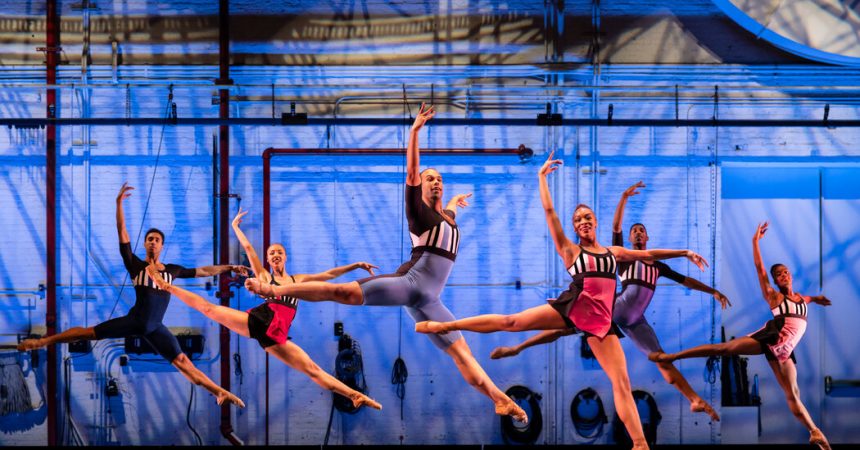It was, as Robert Garland said from the stage, a momentous occasion for him. Greeting the crowd at his first New York City Center season as the artistic director of Dance Theater of Harlem, he spoke warmly of the company’s co-founder: “Arthur Mitchell was my mentor, my hero, and he’s watching down from upstairs saying, ‘Get it right, Robert.’”
The line earned laughs, but had the ring of truth — Mitchell was an exacting director. And on Thursday, Garland showed that he was getting some things right: Dance Theater, now in its 55th season, has a vintage kind of glow. It isn’t like it was in the robust old days, but it is refreshed. The company, along with its dancers, seems to be more sure of itself: It’s growing into a sense of style.
Honoring Mitchell was a reminder of why Dance Theater, born after the assassination of the Rev. Dr. Martin Luther King Jr. in 1968, started in the first place. Along with showcasing the transformative power of ballet, Garland writes in the program, Mitchell used Dance Theater as a means for social justice in part by way of its repertoire: George Balanchine ballets were performed alongside works by Black choreographers like Geoffrey Holder. That considered, caring curation remains.
While there is no Garland premiere this season — he wants to get to know his dancers better before he creates a new ballet for them — Thursday’s program featured his charming, upbeat “Nyman String Quartet No. 2,” which braids social dance with classical ballet. Nyman’s music still drones on, but since 2019, when the ballet premiered, the dancers have found greater ease and stamina as they weave through in its jaunty combinations of dance forms. And it made an added impression sharing the program with “Pas de Dix” (1955), Balanchine’s homage to Marius Petipa and his three-act “Raymonda” (1898).
A company premiere, “Pas de Dix,” set to Alexander Glazunov’s lively score, was staged by the former New York City Ballet principal Kyra Nichols. Watching the dancers, a lead couple and an ensemble of eight, perform “Pas de Dix” was, in its best moments, like seeing glimpses of Nichols gliding through space: technical and free with in-the-moment musicality. With such a tinny recording (none of the evening’s music was played live), this was a feat.











